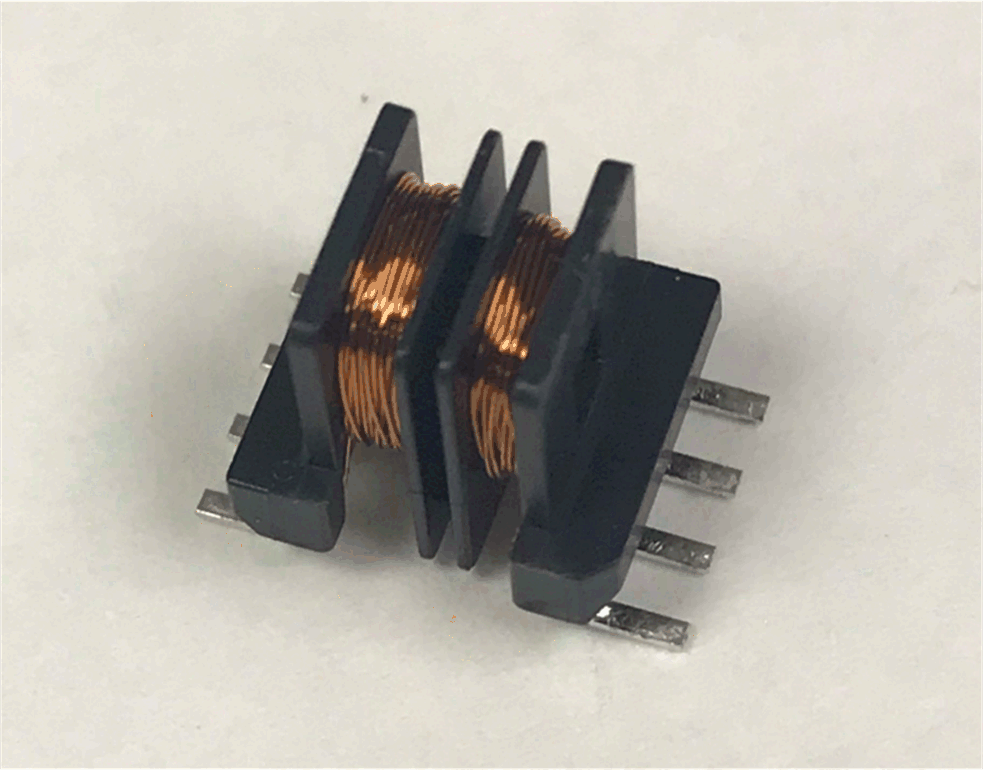SLUAAB9A March 2021 – December 2021 UCC25800-Q1
- Trademarks
- 1 Introduction
- 2 Open-Loop LLC Converter Operation Principle
- 3 Primary-side and Secondary-side Resonant Configurations
- 4 Rectification Methods
- 5 LLC Transformer Design Steps
- 6 Negative Voltage Generation
- 7 Multiple-output Design
- 8 EMI Performance
- 9 Common-Mode Transient Immunity (CMTI)
- 10Summary
- 11Revision History
5.3 Transformer Construction
When the UCC25800-Q1 based bias supply is used in the inverter applications, especially for the high-side switches, the high dv/dt on the inverter switch node can couple through the bias supply transformer and causes extra EMI noise, as demonstrated in Table 5-1.
| (a) UCC25800-Q1 based gate driver bias supply in inverter application |
| (b) Noise coupling path from inverter power stage to bias supply |
To minimize this noise coupling, it is desired to minimize the transformer primary-side to secondary-side capacitance. By physically distancing the primary-side winding and secondary-side winding, a transformer with split chamber bobbin can be used to achieve a minimum parasitic capacitance and simple manufacturing. The split chamber bobbin transformer is illustrated in Figure 5-2.
 |
|
| (a) Transformer Structure | (b) Transformer split chamber bobbin |